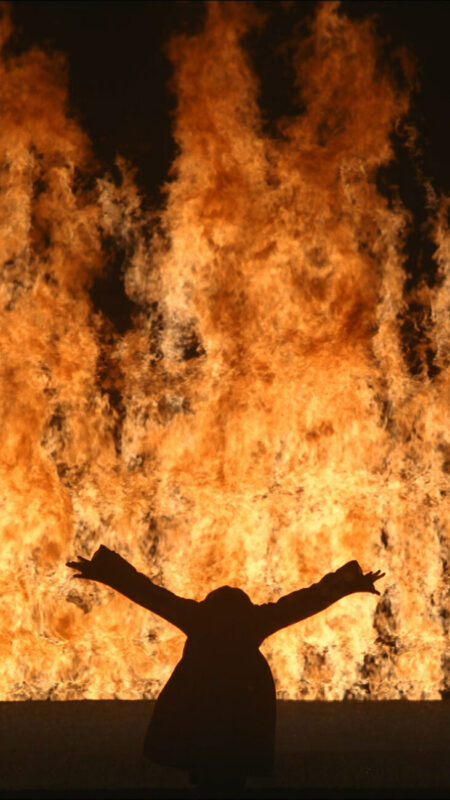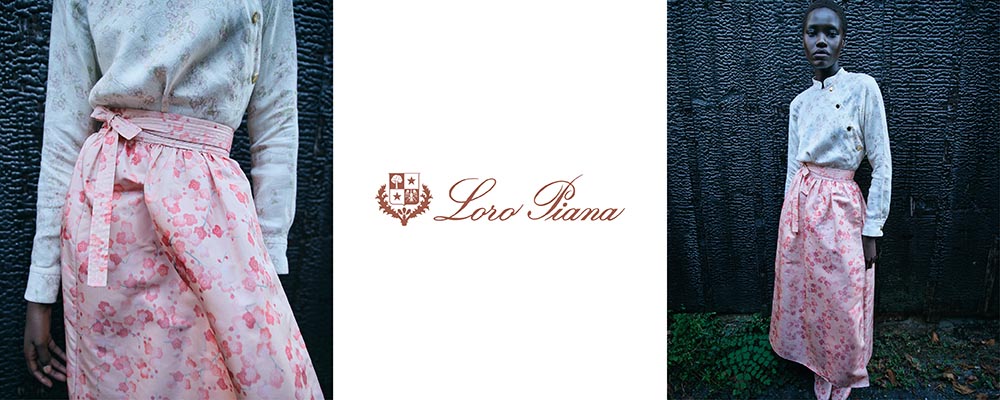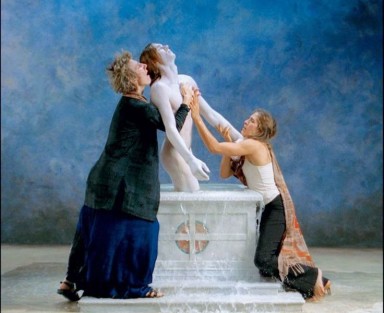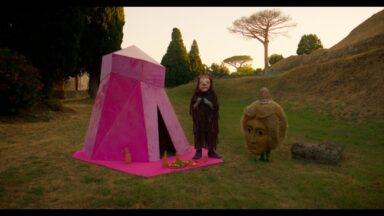Until 25th of June, Bill Viola on show at Palazzo Reale, Milan
Born in New York in 1951 and of Italian-American origin, Bill Viola is internationally recognized as the artist who, through experimentation with video art, has produced unique works considered in all respects to be true masterpieces of contemporary art. Curated by Kira Perov, the exhibition Bill Viola ai a huge retrospective of the work of this amazing artist. Through the early study of electronic music, the potentialities of performance art and experimental film, for more than 40 years Viola has made works that, through a new artistic language, consistently address life, death, and the intervening journey, to explore deeper understanding of humanity and its relationship with the environment, the influences of Eastern and Western philosophies, the iconic importance of the natural world, and many other themes.
The works of Bill Viola on exhibit at Palazzo Reale are arranged in a unified layout, part of an open dialogue with the space, which is reinterpreted and reconstructed from a new perspective, in the same way that the artist’s video works invite new insights and interpretations inspired by the spatial dimensions of the site. The interplay of a reconstructed past and a foreseen future, of expenses of time, all reveal how Viola’s distinctive work was meant, from the start, to be both an effort within the image (the video per se) and a reaching out (the video as a hybrid medium open to a dialogue with the space in which it is installed).
Unlike other artists of his generation, Bill Viola had already left behind excessive technological experimentation in the early 70’s, returning to the fundamentals of video technology (the monitor and the camera), and then moving beyond the medium, to a study of the natural elements which bring any image into being, meaning light, time and space. With Viola’s work, video became a medium available to contemporary art, a new vehicle whose language could explore mankind and its relationship with the environment in depth, as well as the links between oriental and western traditions, plus the iconic importance of natural elements, along with many other themes close to the artist’s heart. Returning to this transformative moment today, we see Bill Viola as a key figure not only in the history of video art, but in art history in general: an artist through whom we can understand the last forty years of visual culture.
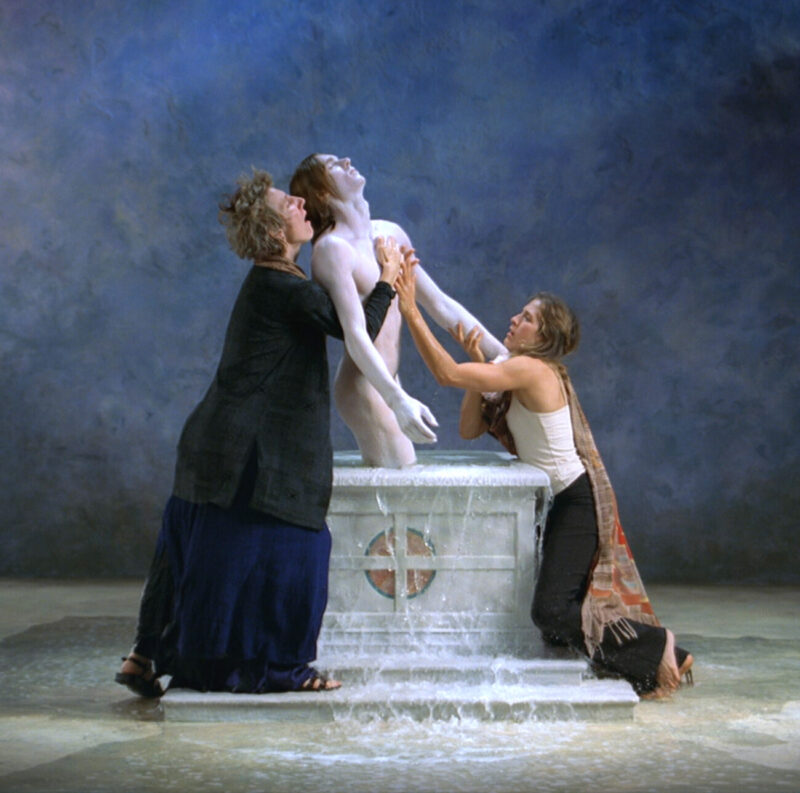
The central themes of the exhibition are touched on in the very first projection, The Quintet of the Silent (2000). A group of five men are seen standing close together as they undergo a wave of intense emotion that threatens to overwhelm them. The five individuals experience the rising emotional energy independently, with little direct interaction with their companions. The extreme slow motion makes visible the smallest of details and subtle nuances of expression, and creates a subjective, psychological space where time is suspended for both performers and viewers alike.
In the late 80’s, Bill Viola went through a noteworthy period of creative crisis. This is when he began to think of a new approach to composing images through the construction of full-fledged, almost cinematographic scenes inspired by Western artistic tradition. Veritable films resulted, complete with sets, actors, lighting, photography and the role of the director. The best known, seminal work was The Greeting (1995), on display at the exhibition and inspired by Pontormo’s Visitation (1528-9). Two women dressed in 16th-century clothing are talking to each other, when they are interrupted by a third woman who greets and embraces them. The movements, all of them in slow motion, occur in a setting evocative of Pontormo’s painting, though Viola defines it as “industrial”. The action, which took place in 45 seconds’ time, is stretched out to more than 10 minutes. Kira Perov notes, in her preface to the catalogue: “Time is malleable in the hands of Bill Viola, where every detail of movement and facial and body expression is visible, and a moment becomes an eternity.”
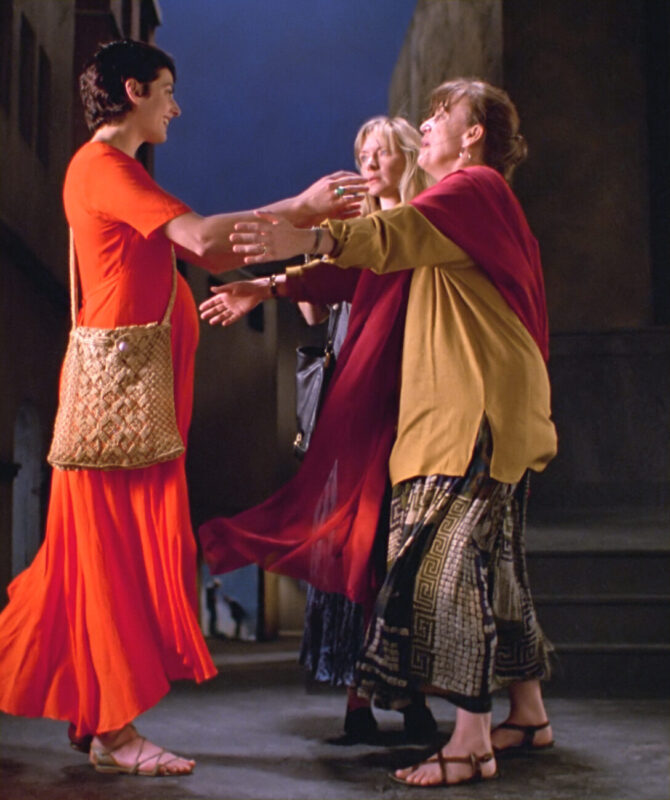
From then on, the work of Bill Viola became increasingly identified with this style, in which the formalisation of emotions, one of his main focuses, played a key role.
Catherine’s Room (2001) is a private view into the room of a solitary woman who goes about a series of daily rituals from morning until night. The woman’s actions are simple and purposeful, and appear simultaneously in different times of day—morning, afternoon, sunset, evening and night. A small window in the wall reveals a view of the outside world where the branches of a tree are visible. In each panel the tree is seen in successive stages of its annual cycle, from spring blossoms to bare branches. The world outside the window represents another layer of time, transforming the scene from a record of one day into the larger view of a life bound to the cycles of nature.
In the polyptych Four Hands (2001), the hands of a young boy, a middle-aged woman and man, and an elderly woman are seen as they slowly and deliberately form a series of predetermined gestures. The gestures are influenced by a variety of sources from Buddhist mudras to seventeenth-century English chirologia tables. The symbolic patterns of the motions of three generations of hands—son, mother and father, grandmother—describe a timeline that encompasses both the parallel actions of the individuals in the present moment and the larger movements of the stages of human life.
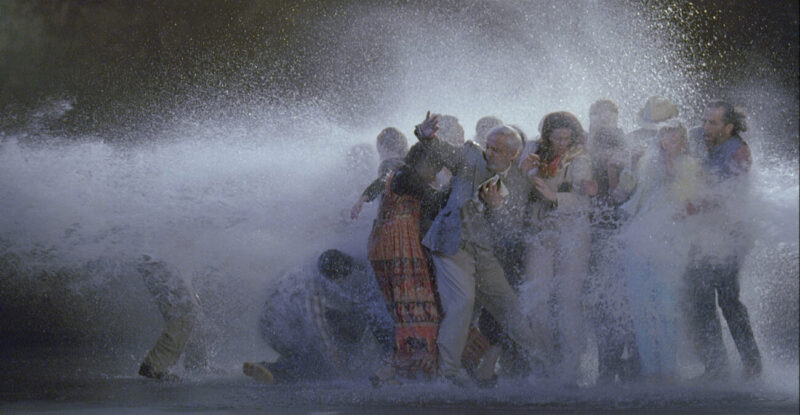
Emergence (2002) takes its inspiration from a fresco by Masolino da Panicale titled Pièta (1424), originally created for the church of Saint John the Baptist in Empoli. It depicts Christ rising from his tomb, assisted by the Madonna and Saint John. In Emergence, a young man is similarly rising, but from a cistern overflowing with water, water here representing both life and death, simultaneously a drowning and a birth.
Ocean Without a Shore (2007) is about the presence of the dead in our lives. Three altars upon which the screens are placed become portals for the passage of the dead to and from our world. Presented as a series of encounters at the intersection between life and death, the video sequence documents a succession of individuals slowly approaching out of darkness and moving into the light.
Recorded independently, the images of a man and a woman never coexist in the same video frame. It is only the light from their images that intermingles in the fabric of the hanging veils. The cone of light emerging from each projector is articulated in space by the layers of material, revealing its presence as a three-dimensional form that moves through and fills the empty space of the room with its translucent mass.
